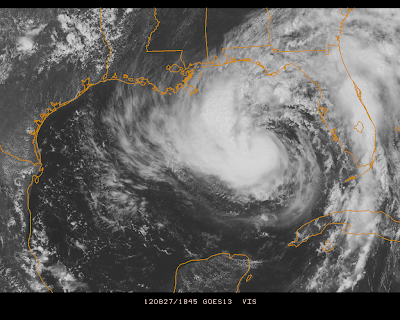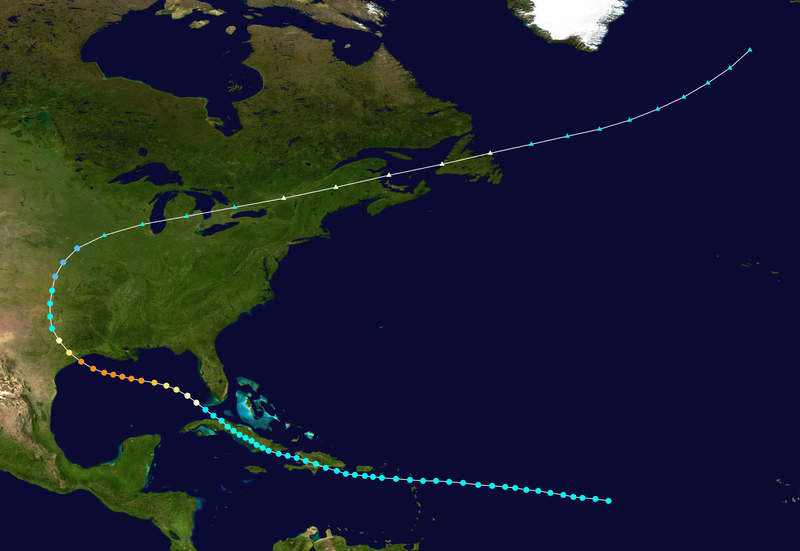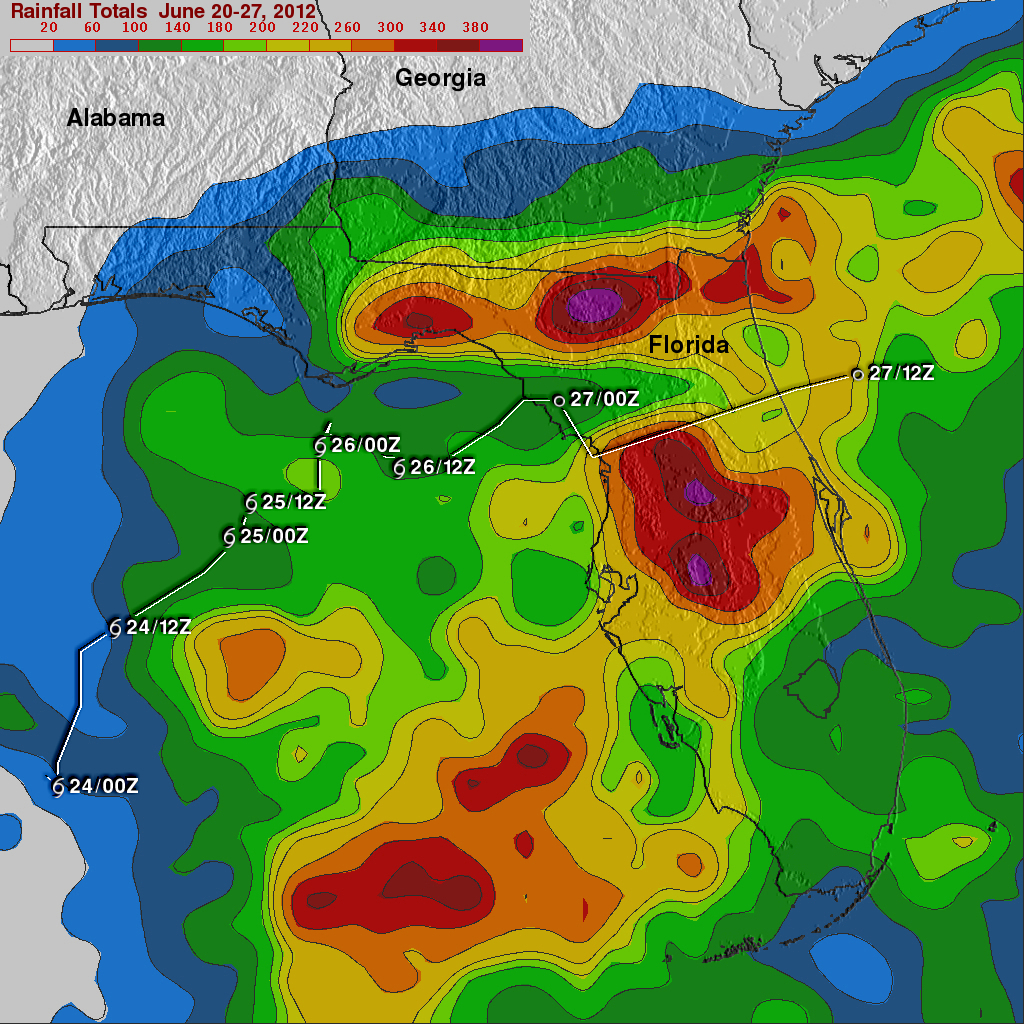I found this heat index chart online. For people who live elsewhere
than in the more hot and humid areas of the U.S., it can be hard to
convey just how awful the day is going to be when the humidity is 88%
and the temperature is 82F at 7:30 in the morning.
For
the past month (July) our average dew point was 72 degrees. The high
was 79 and the low was 60. The low dew point seems to have occurred on
two different days at the beginning of the month, but other than those
two days, the dew point did not dip below 70.
I
think this is just one of those worthwhile things to know and understand
so I'm going to brave the crickets chirping in the deadly silence after
this post and go ahead and do a public service announcement. Stick with
me if you can.
From Wikipedia:
The dew point
is the temperature below which the water vapor in a volume of humid air
at a constant barometric pressure will condense into liquid water.
Condensed water is called dew when it forms on a solid surface.
The
dew point is a water-to-air saturation temperature. The dew point is
associated with relative humidity. A high relative humidity
indicates that the dew point is closer to the current air temperature.
Relative humidity of 100% indicates the dew point is equal to the
current temperature and that the air is maximally saturated with water.
When the dew point remains constant and temperature increases, relative
humidity decreases.
Everyone knows what
dew is:
when you run out to get the paper in the morning and the grass is all
wet, that's dew. When there's enough water in the air and the
temperature gets just low enough, it forms. Obviously, if the
temperature at which it will form (the dew point) is high, that means
two things: it's pretty darn hot and it's pretty darn humid. Numbers are
just abstract things though, so I provided the nifty chart above.
"So
what?" you may be thinking. "It's the heat that will get to you,
right?" Well, yes, heat certainly plays a part, but what cools you off
in the heat?
Evaporation. Water vapor has more energy than liquid
water. As sweat evaporates, in other words, turns from a liquid into a
gas, it absorbs heat and you feel cooler. You feel the opposite when you
stick your hand over some steam. As the water vapor condenses back into
liquid water on your hand it releases heat and you get a steam burn.
The drier the air is (the lower the humidity) the more "room" there is
for water to evaporate. If you stick a bone-dry sponge near some water
it will suck it up immediately. So when the air is dry sweat evaporates
quickly and you lose the heat to evaporation.
But what if it's humid?
Humidity is
like measuring the amount of water already in the sponge. The more
water the sponge contains, the less water it can absorb. Saturation
occurs when the sponge can't absorb one more drop of water. If you stick
a saturated sponge in a puddle of water, the two just sit there.
There's no more room in the sponge for any of the water. The weather men
on TV don't just talk about humidity though - they talk about
relative humidity.
Remember when I said that humidity is like measuring the water in the
sponge? Well, one thing you have to know is that the warmer the sponge,
the more water it can absorb. (This metaphor starts to break down a bit
here because that doesn't actually happen with the sponge...I think.) So
the warmer the air, the more water vapor it can hold.
The
practical application to this is watching what happens when you are
outside on a hot day with high dew points. You exercise, your body
sweats to try to cool you off...and the sweat just sits there. You find
yourself wiping it out of your eyes, your clothes are wet, etc. The air
simply can't hold any more water. You can't cool off because you can't
use evaporation to remove heat from your body. One thing that helps
evaporation is wind so if it's a breezy day you will lose a little more
heat than you would have without it. Otherwise, you're going to feel
pretty icky.
All that is just to say that I can't wait
for fall because these morning and evening walks with dew points of 79
and 80 are not fun.











